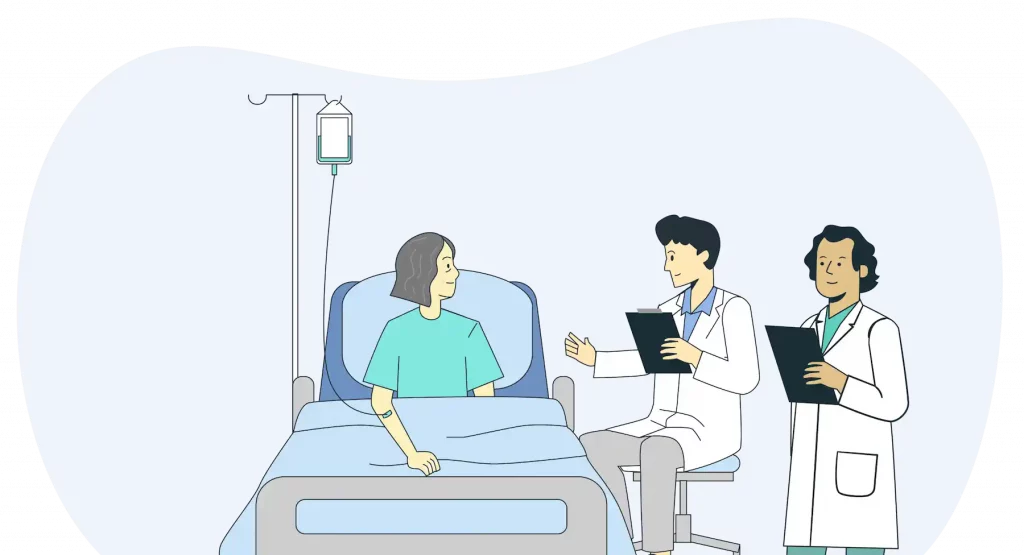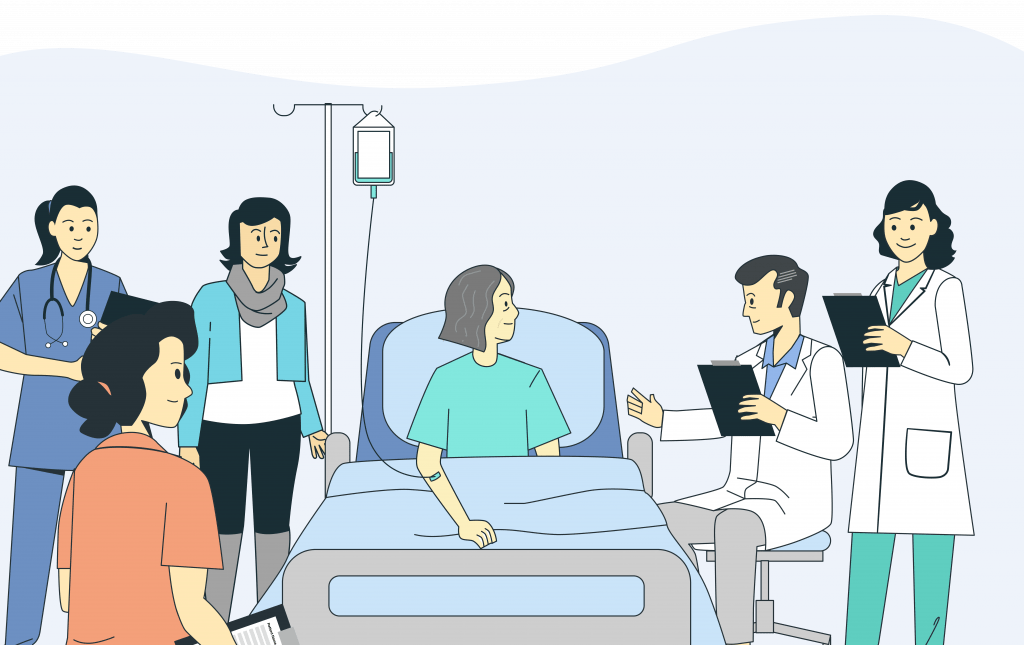Clinical Inertia Prevention
What is Clinical Inertia?
Clinical inertia, defined by Phillips et al. (2001), is the failure of healthcare providers to initiate or intensify therapy when indicated. This phenomenon occurs despite the existence of guidelines or protocols outlining appropriate responses to identified disorders. Unfortunately, numerous studies highlight the frequent occurrence of this lack of follow-through, leading to adverse events, excessive healthcare charges, and even avoidable deaths, particularly in conditions like diabetes.
Factors Contributing to Clinical Inertia?
Clinical inertia stems from various issues within healthcare systems and professionals. These include overestimation of care provided, reliance on subjective reasons for not intensifying therapy, and insufficient education, training, and organization in achieving therapeutic goals. Physician-related clinical inertia may affect nearly half of medical decisions, highlighting the urgency of addressing this issue.


Understanding "Masterly Inactivity"
In contrast to clinical inertia, “masterly inactivity” emphasizes a thoughtful, patient-centered approach to treatment. It involves carefully considering whether further intervention is necessary, avoiding unnecessary tests or interventions that may lead to excessive costs and patient harm. Initiatives like Choosing Wisely advocate for shared decision-making and patient education to reduce unnecessary interventions.


Implementing "Masterly Inactivity"
Masterly inactivity involves a six-step process for patient care, including empathy, symptom management, clinical observation, education about likely diagnosis, expectation management, and shared decision-making. By adopting this approach, clinicians can provide more personalized, effective care while reducing unnecessary interventions driven by factors like fear of litigation or a propensity to treat.
While strategies like Choosing Wisely can help prevent excess costs, various psychosocial factors may limit their effectiveness. Cultural barriers, fear of uncertainty or error, and a tendency to over-treat present challenges. However, by integrating the masterly inactivity process into treatment strategies, clinicians can address these concerns, providing more patient-centered care while alleviating pressures associated with clinical decision-making.
Practical Solutions for Hospital Teams
Healthcare operates as a complex adaptive system, characterized by nonlinear interactions, self-organization, and emergent phenomena. Within this framework, patient-centered interdisciplinary teams play a crucial role. Despite their complexity, these teams have proven to be more effective in interacting with patients and families compared to traditional single-stakeholder interactions.
Effective interdisciplinary teams engage patients and families, promote shared decision-making, offer multidisciplinary perspectives, ensure information accuracy, encourage cross-checking of data, and facilitate discussions about treatment rationale or ‘masterly inactivity.’ By embracing these components, teams can address many of the factors contributing to clinical inertia.
Utilizing Simple Tools for Improvement
Studies have shown that the use of checklists, care protocols, flowsheets, or bundles can significantly enhance care outcomes. These tools, which don’t require complex technological interventions, offer a cost-effective solution to address clinical inertia by facilitating timely risk assessment and intervention initiation.


Process Opportunities for Enhanced Care
Complexity science highlights the dynamic nature of knowledge in healthcare. By understanding that knowledge cannot be forced but can be facilitated through standardized processes, such as checklists, teams can ensure consistent adherence to best practices. Interdisciplinary rounds conducted at the bedside further enhance knowledge sharing and contextual understanding, enabling proactive management of patient conditions and emerging risks.


Benefits of Interdisciplinary Team Approach
While implementing interdisciplinary team-based care may seem initially costly, its potential for improving clinical outcomes, cost-effectiveness, and patient satisfaction cannot be overstated. By fostering unit-oriented care teams, promoting patient-centered care, encouraging unit leadership, and leveraging unit-based data, hospitals can create a continuous care cycle that reduces clinical inertia, promotes masterly inactivity, and supports informed decision-making.
In our experience the key features of care that will lead to improvements in clinical, cost and satisfaction outcomes are:
- Unit oriented care teams;
- Patient centered care, i.e. engaging patients and families in bedside handovers and bedside rounds;
- Unit leadership, across shifts and stakeholder groups;
- Unit based data, so staff know their efforts are making a difference for their patients. This can and should be quantitative and qualitative data.
To explore these concepts further and discover more practical strategies for overcoming clinical inertia and integrating other advanced teamwork concepts in your teams visit our Resources.